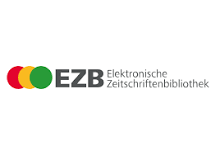The reflection of gender discourse in Pre-Islamic poetry and its relationship with Heidegger's Dasein Ontology: A case study of Imru’ al-Qais, Amr ibn Kulthum, Tarafah ibn al-‘Abd.
Abstract
By considering the existence of entities as such“Ontology”, seeks to discover the meaning of being for Heidegger, Dasein is the only entity which poses the question of being. By introducing Dasein as time Heidegger says that “future”, “past”and “present”are three modes of projection that itholds. Heidegger endeavors to respond to the question of being by putting it in the domain of existence, time, death, and these are the boundary situations that occupied the minds of human beings throughout history, and Pre-Islamic poets have not been an exception. In this study, using an analytical-descriptive method and form Heidegger’s point of view and relying on gender-oriented symbols, we want investigate how these poets encounter with these boundary situations.

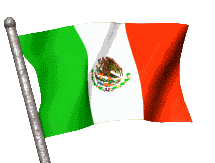
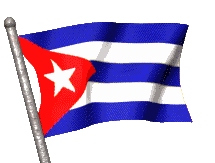









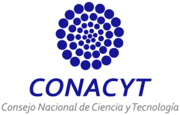




















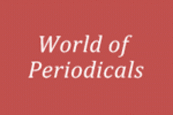


1.png)







1.png)



